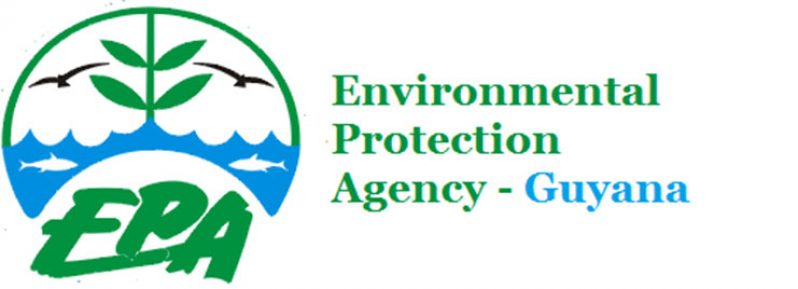THE Environmental Protection Act establishes key functions of the agency in the area of environmental management, chief among which are:
* To prevent and control pollution;
* To coordinate environmental management activities;
* To promote participation of the public in environmental management; and
* To take into account potential environmental impacts of development projects when deciding whether to authorise a project or not.
The last role is implemented through the environmental authorisation process, which begins with submitting an application to the EPA.
General documents required when applying for Environmental Authorisation
* Completed application form (this can be downloaded from the EPA’s website or uplifted at our offices);
* Proof of identification (National ID or passport);
* Proof of land ownership (lease, tenant agreement, transport etc. and does not apply to state agencies);
* Business Registration license;
* Any other permits or licences or approvals required by other government agencies;
* Project Summary/Description including a map of the surrounding area;
* Site layout; and
* Application fee
Other documents may be required, depending on the nature of the project.
 Screening
Screening
Applications are then ‘screened’ to determine whether an Environmental Impact Assessment (EIA) should be required or not. This is perhaps the most important part of the authorisation process as potential environmental impacts are identified. The agency has strengthened its screening process by ensuring appropriate screening questions are asked about the proposed project, site visits are conducted, existing information is gathered and reviewed, and engagement with key agencies and residents in the proposed project area is done.
The outcome of this process is a Screening Report on the potential impacts and identification of possible significant impacts to inform the agency’s decision with regard to whether an EIA is required or not to further inform its decision to issue an Environmental Permit or not. The EPA has also strengthened its adherence to the Act by publishing reasons for its decisions, and making Project Summaries available for public access and review.
The EPA then proceeds to publish its decision in at least one daily newspaper as is required by the Act. The agency also uses its social media platforms to make these decisions known to the public.
What happens next?
If there are objections to the EPA’s decision to not require an EIA, the EAB–a body independent of the EPA — hosts Public Hearings which brings together appellants, developers, and members of the EPA team to present their positions on the proposed project. The EAB then deliberates and publishes its decision – uphold or overturn the EPA’s decision.
If the decision is upheld, the developer is then required to submit management plans which are reviewed by the agency – these plans aid the EPA in drafting permit conditions. This is not a guarantee that Environmental Authorisation will be granted as more information may be requested from the developer. Permit conditions are among the tools used to protect human health and the environment, and the EPA monitors projects based on these conditions.
If the EAB overturns the EPA’s decision to not require an EIA, the authorisation process may be re-started. Next week, we’ll take a closer look at the authorisation process where an EIA is required.
If you already own a business or are thinking about starting one, ensure that you call or come in to the EPA to start the process. Remember to respect each other and the environment, and take the necessary precautions to avoid the spread of COVID-19. Look out for our column next week as we continue to share information on Environmental Authorisations.
You can share your ideas and questions by sending letters to: “Our Earth, Our Environment”, C/O Communications Department, Environmental Protection Agency, Ganges Street, Sophia, GEORGETOWN, or email us at: eit.epaguyana@gmail.com, follow us on Facebook and Instagram, and subscribe to our YouTube channel.




.png)









